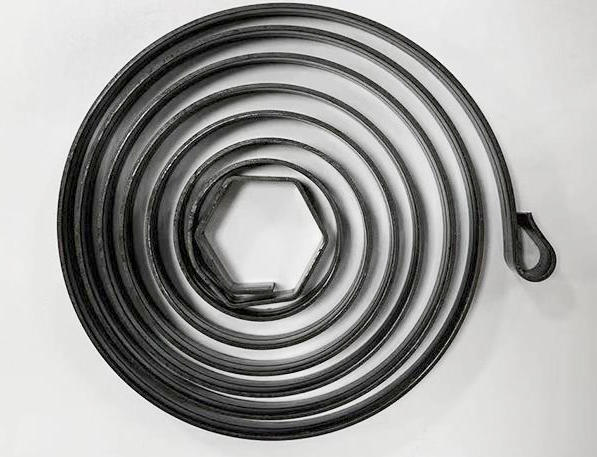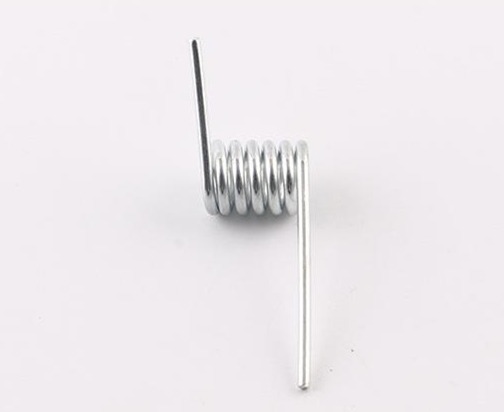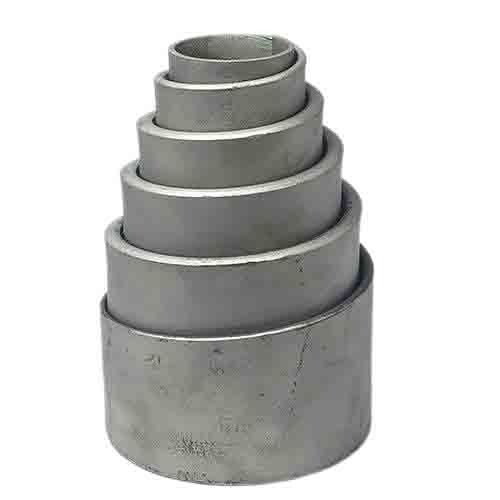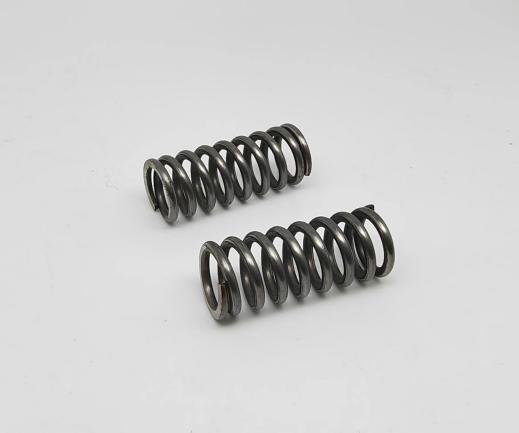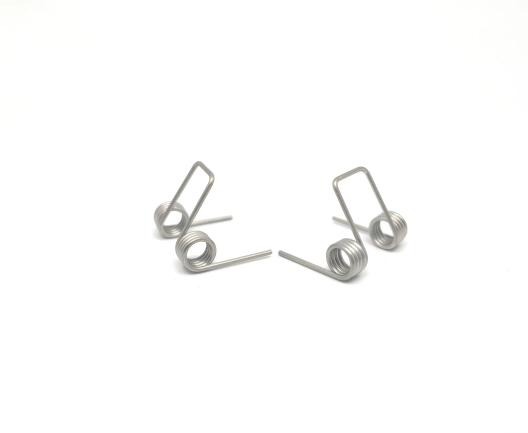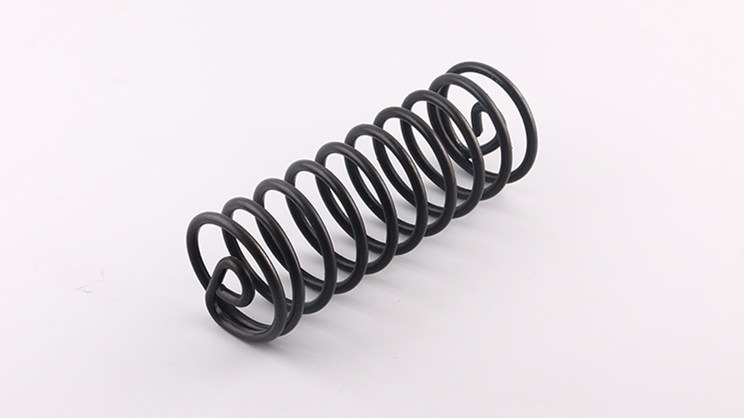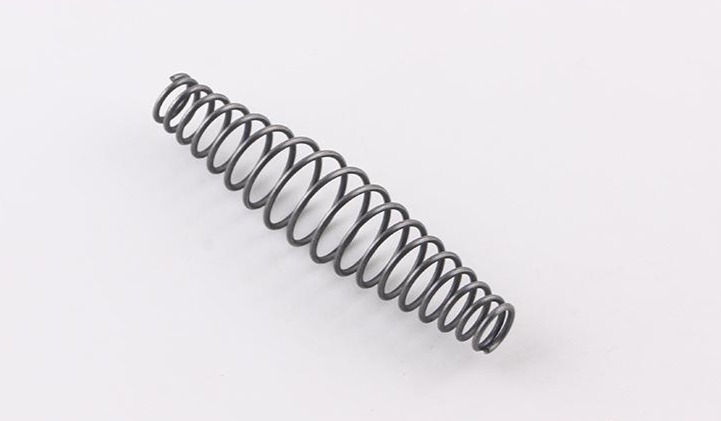Understanding Volute Springs: Working Principle, Types, How to Design and Manufacture
In the world of mechanical engineering, springs play an indispensable role in numerous applications. Among the various types of springs available, one often overlooked but highly efficient option is the volute spring. This article delves into the world of volute springs, exploring what they are, how they work, the different types available, and the design and manufacturing processes that bring these compact powerhouses to life.
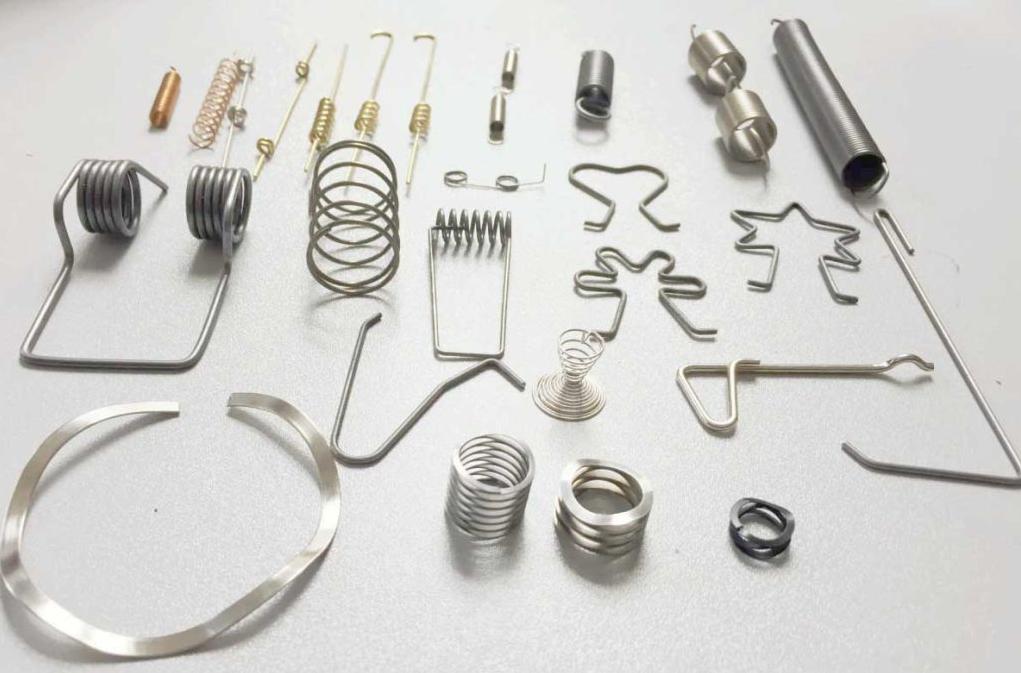
What are Volute Springs?
A volute spring is a unique member of the compression spring family, characterized by its distinctive cone-shaped design. Unlike traditional helical springs, volute springs consist of a series of concentric coils stacked atop one another. This peculiar arrangement imparts remarkable properties to these springs, making them versatile and indispensable in various engineering applications.
Volute springs are celebrated for their exceptional load-carrying capacity and energy absorption capabilities. Despite their compact and lightweight nature, they can store and release substantial amounts of energy, making them ideal for applications requiring controlled compression and rebound.
How Do Volute Springs Work?
The working principle of a volute spring is elegantly simple yet highly effective. When subjected to compression forces, the coils of the volute spring slide over one another. This movement absorbs energy and generates a force that resists further compression. What distinguishes volute springs is their ability to provide extended travel while maintaining their energy absorption capacity.
The length of travel, or deflection, is a critical factor in determining the energy absorption capabilities of a volute spring. Longer travel allows for the storage of more energy, which makes these springs particularly suitable for applications where controlled energy release is crucial.
What are the Different Types of Volute Springs?
Volute springs can be classified into two main categories: vertical and horizontal. Each type serves distinct purposes and excels in specific applications.
Vertical Volute Springs
- Vertical volute springs are designed to be compressed in the vertical direction.
- They are commonly employed in suspension systems, where they play a pivotal role in absorbing shocks and vibrations, ensuring a smoother and more comfortable ride.
- Their ability to handle substantial vertical loads makes them indispensable in heavy-duty applications such as automotive and industrial machinery.
Horizontal Volute Springs
- Horizontal volute springs, as the name suggests, are compressed horizontally.
- These springs are often used in applications like clamps and couplings, where they provide controlled compression forces, ensuring secure and reliable connections.
- Their compact size and versatility make them valuable components in various mechanical systems.
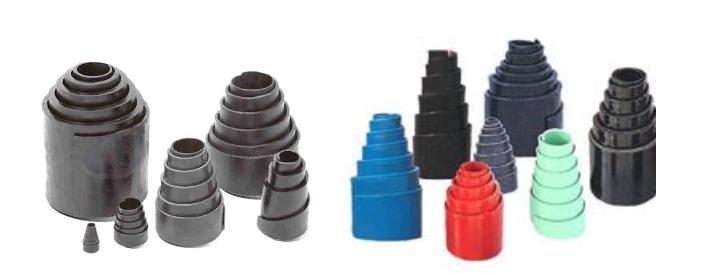
How to Design and Manufacture Volute Springs?
Designing and manufacturing volute springs requires a meticulous approach, as their performance is closely linked to their geometry, material selection, and manufacturing processes. Here are the key considerations in designing and producing these springs:
Design Considerations
- Load Capacity: Determine the specific load requirements of the application, considering both static and dynamic loads.
- Travel: Calculate the required deflection or travel for the volute spring to effectively absorb and release energy.
- Space Constraints: Ensure that the spring’s dimensions fit within the available space in the application.
- Materials Selection: Choose appropriate materials based on factors like strength, corrosion resistance, and operating temperature.
Design Process
- Calculate Spring Parameters: Utilize mathematical equations and computer-aided engineering (CAE) software to determine the spring’s dimensions and properties.
- CAD Modeling: Create detailed computer-aided design (CAD) models of the volute spring, taking into account the desired shape and dimensions.
Manufacturing Techniques
- Cold Coiling: The most common method for manufacturing volute springs involves coiling wire around a mandrel to achieve the desired shape. The spring is then heat-treated to enhance its strength and durability.
- Hot Forming: In some cases, hot forming may be used to shape the spring, particularly for materials that are difficult to cold form.
- CNC Machining: Precision machining may be employed for fine-tuning and finishing the spring, ensuring it meets the exact specifications.
Quality Control and Testing
- Inspection for Defects: Thoroughly inspect the manufactured volute springs for any defects, such as cracks or deformities.
- Load Testing: Subject the springs to load tests to verify their performance under real-world conditions.
- Fatigue Testing: Conduct fatigue tests to assess the spring’s durability and lifespan.
Summary
In summary, volute springs are remarkable compression springs with a unique cone-shaped design. They are celebrated for their high load capacity, energy absorption capabilities, and compact size. Two primary types of volute springs, vertical and horizontal, cater to different applications, from suspension systems to clamps and couplings.
Designing and manufacturing volute springs involves careful consideration of load requirements, travel, space constraints, and materials selection. Computer-aided engineering software aids in the design process, while manufacturing techniques like cold coiling and heat treatment ensure the springs meet performance standards. Quality control and testing are essential to verify the springs’ integrity and functionality.
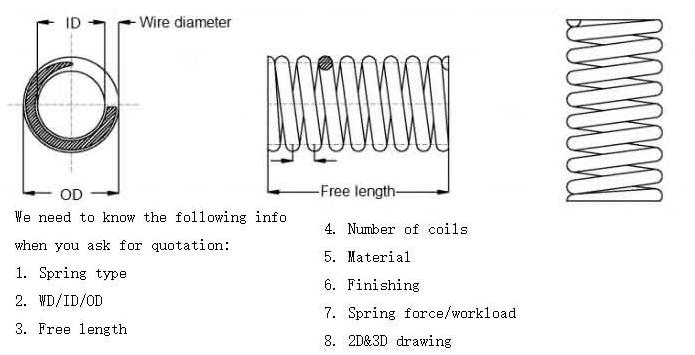
These compact powerhouses of mechanical engineering continue to find their place in a wide range of applications, contributing to the smooth and efficient operation of countless machines and systems. Whether in the suspension of a vehicle or the secure coupling of industrial equipment, volute springs play a pivotal role in maintaining safety, reliability, and performance.

